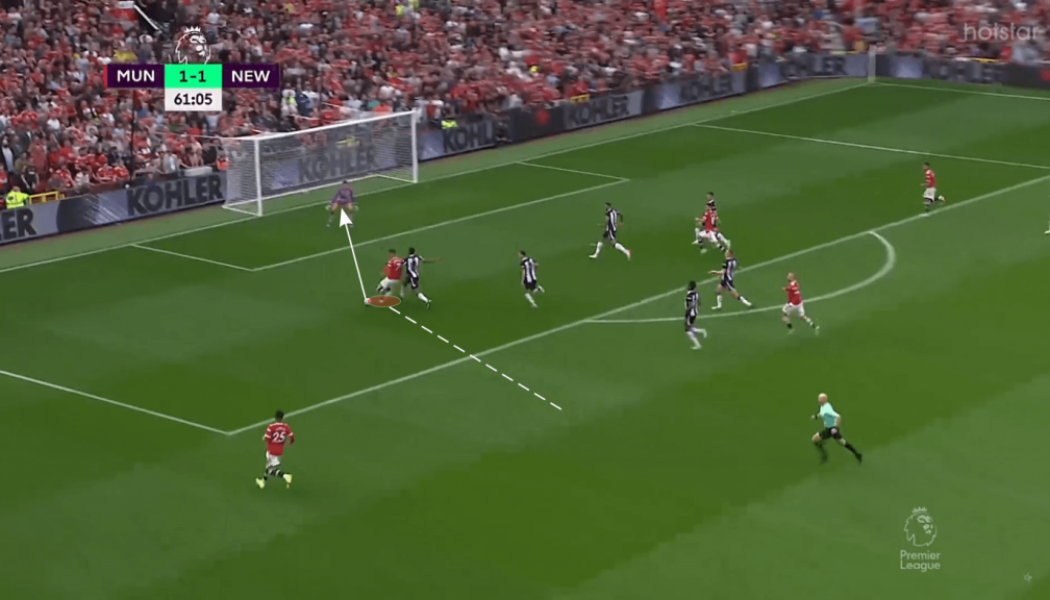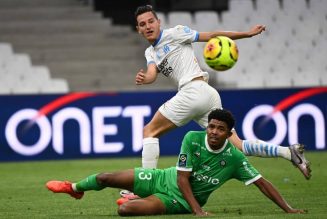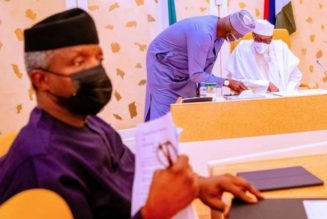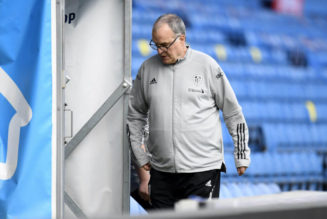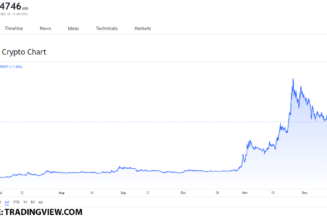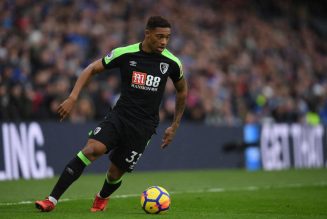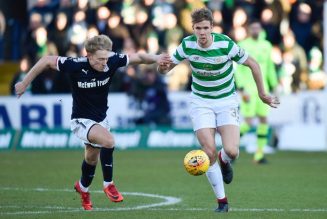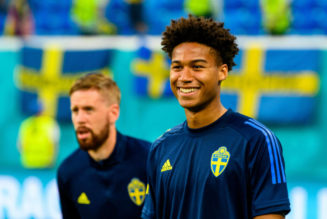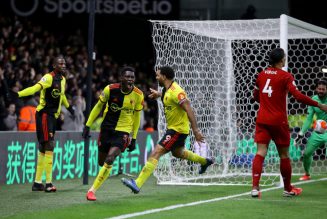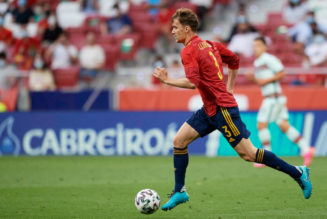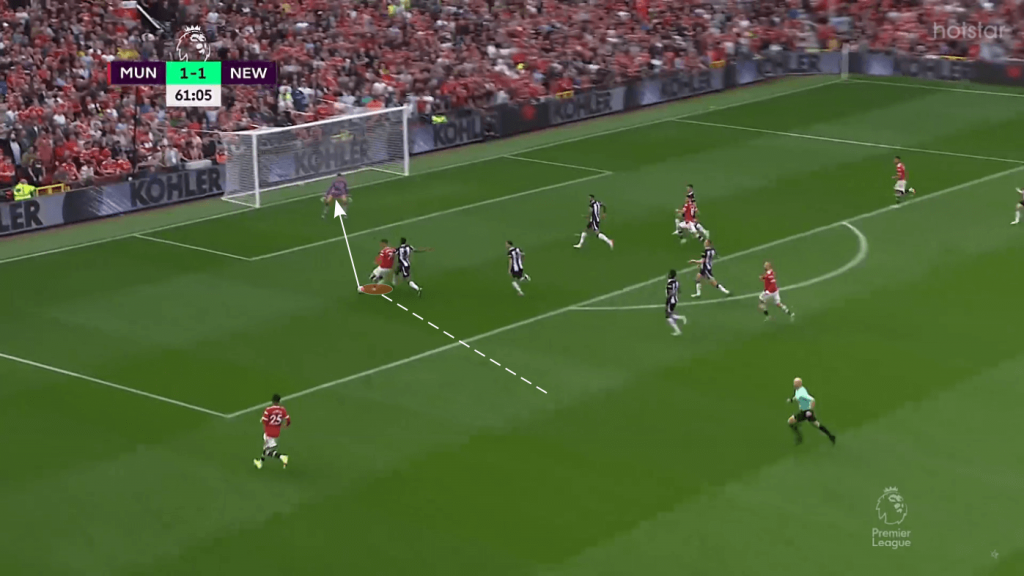
Over 12 years after his last match for Manchester United – the 2009 UEFA Champions League final which saw Barcelona emerge with the coveted trophy – Cristiano Ronaldo was back in a red shirt at the club level.
In that time away, he had gone and basically won everything he possibly could with Real Madrid and later Juventus alongside his Euro 2016 success for Portugal, establishing himself as one of the best football players in the world.
Eventually, though, his gargantuan salary became too much to handle for Juventus, who were happy to move him on this summer. A bit of a transfer saga developed as Manchester City seemingly declined to sign him initially but after failing to land Harry Kane looked all set to bring him to the Etihad Stadium, however, a last-minute twist saw the Portuguese international’s destination diverted to Old Trafford.
Following the first international break of the season, he found himself making his second debut there against Newcastle United, and it went about as well as anyone could have dreamt, so let us take a closer look at his performance and try to unpack it.
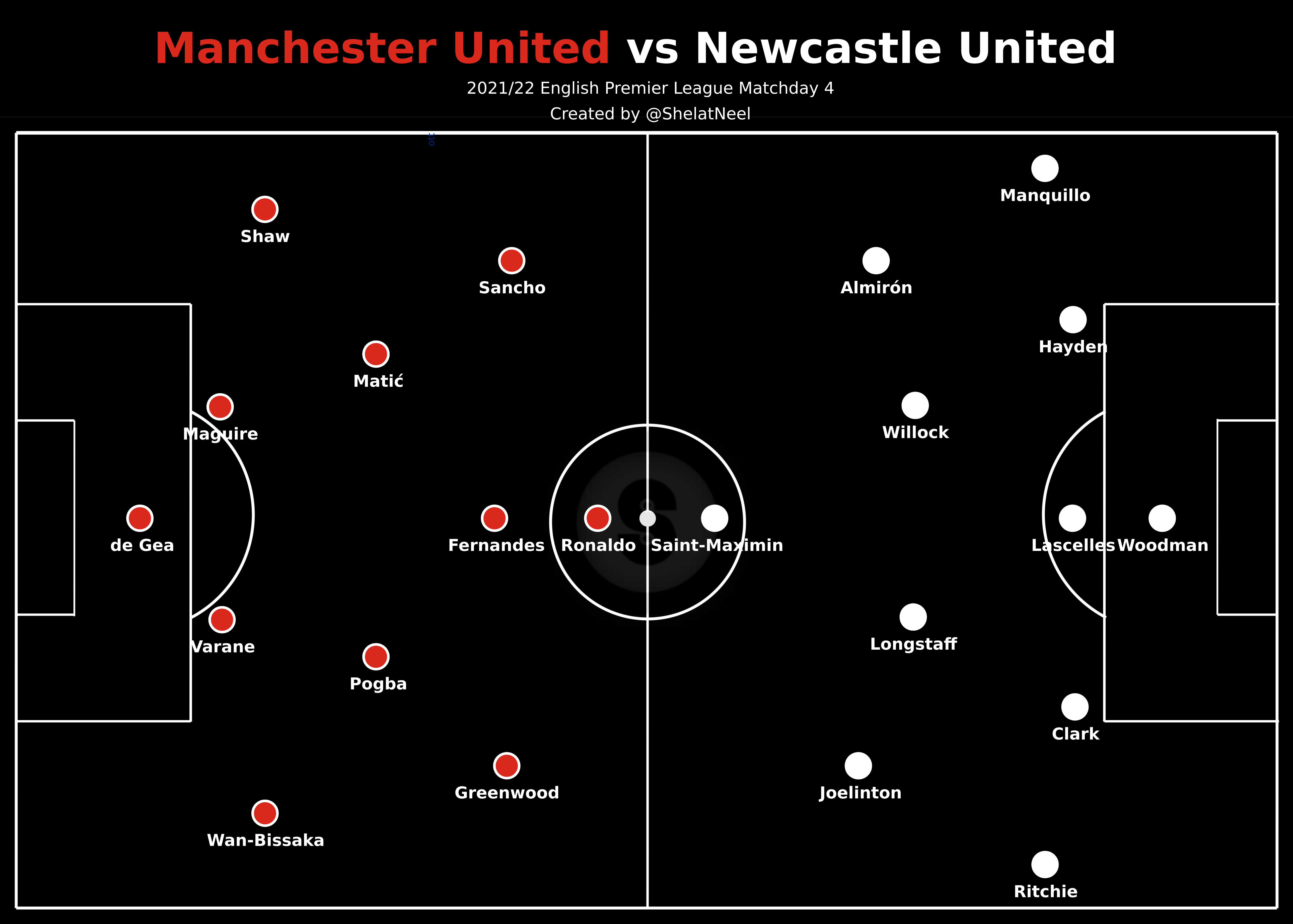
Ronaldo was a striker on paper, but he very much liked to drift out to the left, as his heatmap demonstrates:

This wasn’t a good thing for Manchester United, and the reason for that is that all of their on-ball technicians who can produce in the final third bar Paul Pogba (Jadon Sancho, Bruno Fernandes and Luke Shaw besides Ronaldo) were often congested on the left side of the pitch, making it easy for the opposition to move across and restrict them. In such cases, having an outlet on the opposite flank can prove to be a magical solution, but Aaron Wan-Bissaka is not exactly the first player that will come to anyone’s mind for that.
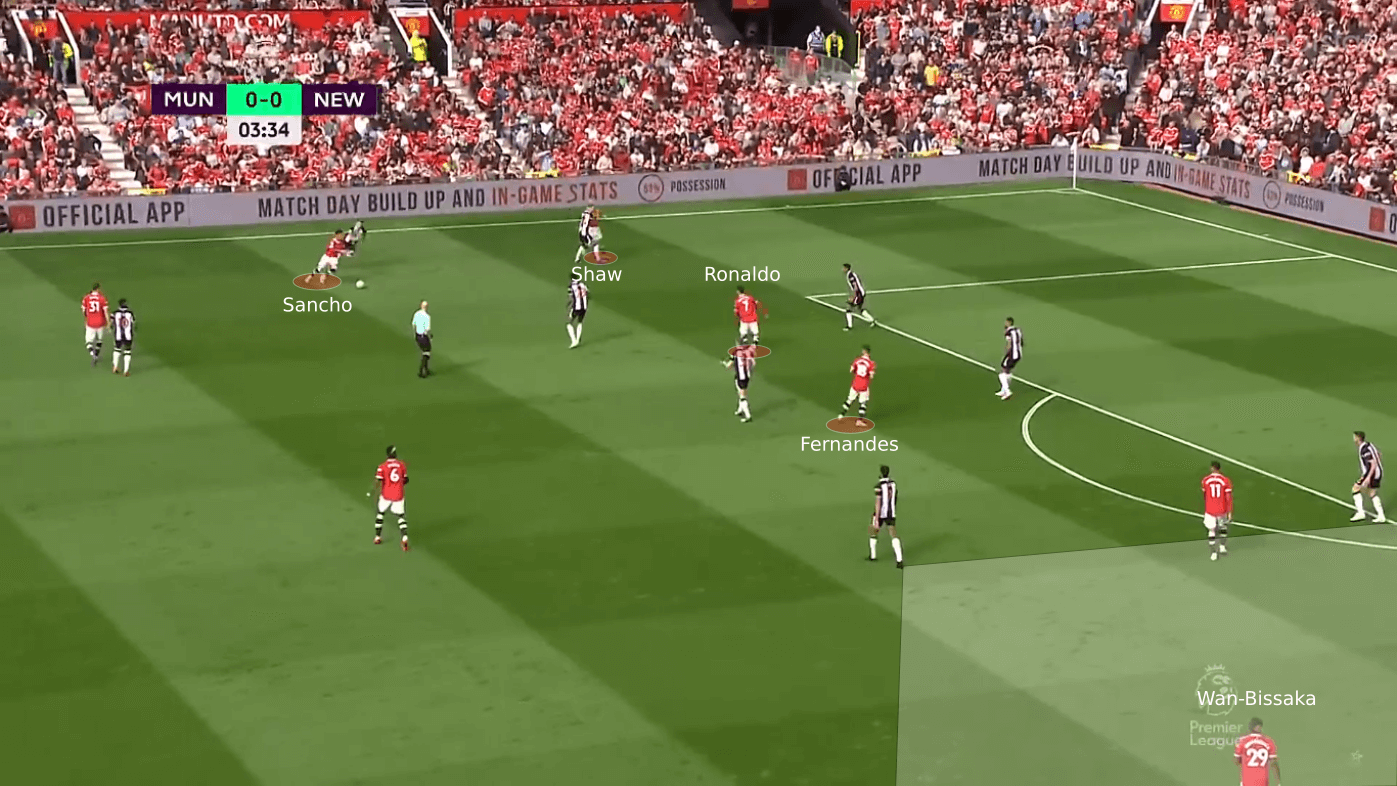
Funnily enough, this is a problem that they had throughout the previous campaign too and presumably tried to solve by signing Sancho and deploying him on the right, but so far, Ole Gunnar Solskjær has strictly used him on the left. Further, Ronaldo’s arrival has only made this particular issue worse.
Anyway, the Portuguese international most notably did what he typically does on the left – cut inside.
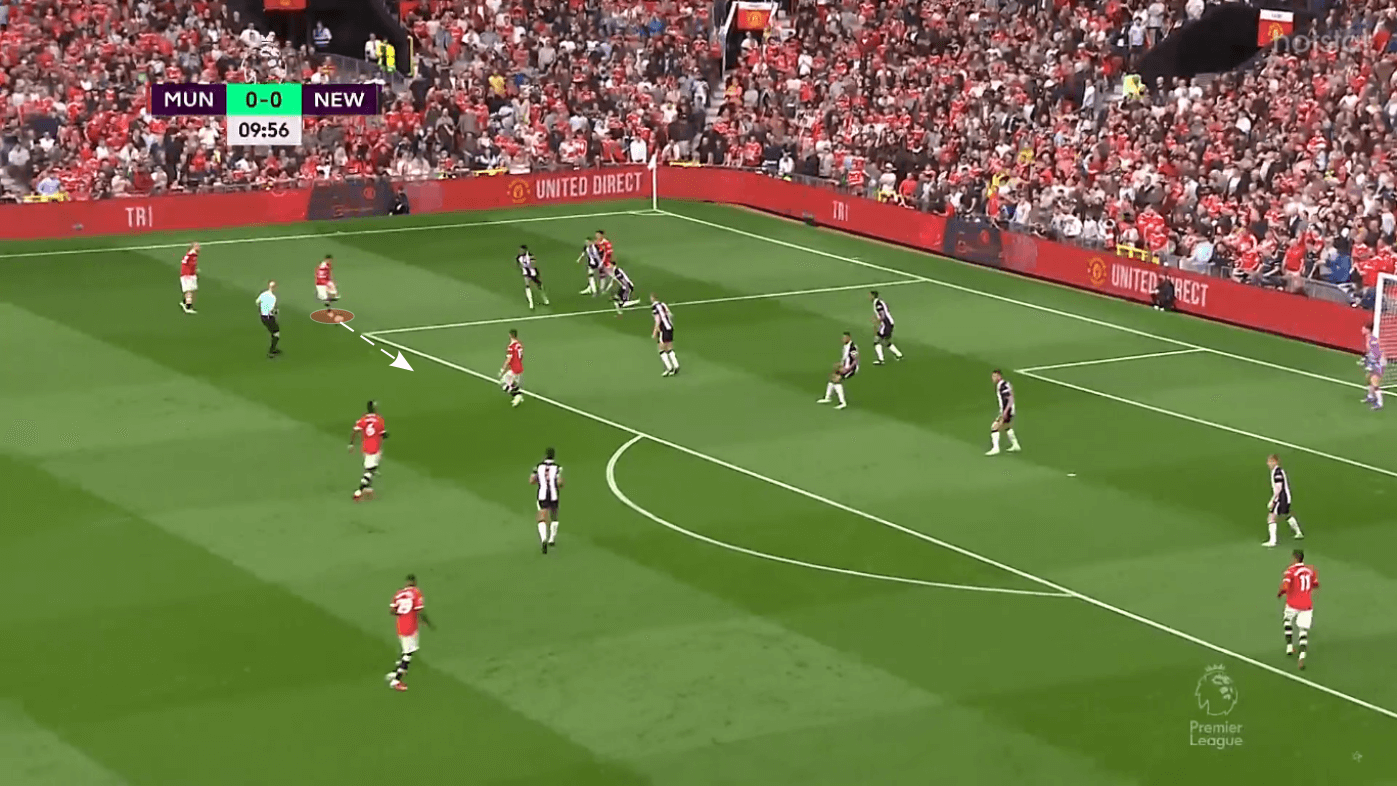
In this instance, he faked his shot, drove inside and tried to find a finish from a very tight angle, but was unsurprisingly unsuccessful.
Such low-percentage shots might prove to be a bit of an issue too for Manchester United; primarily due to how vulnerable they are to counterattacks with a terribly thin midfield.
In this case, for example, passing would almost certainly be a better option than shooting, but Ronaldo had a hit anyway and saw his strike hit a body in the crowd in front of him.
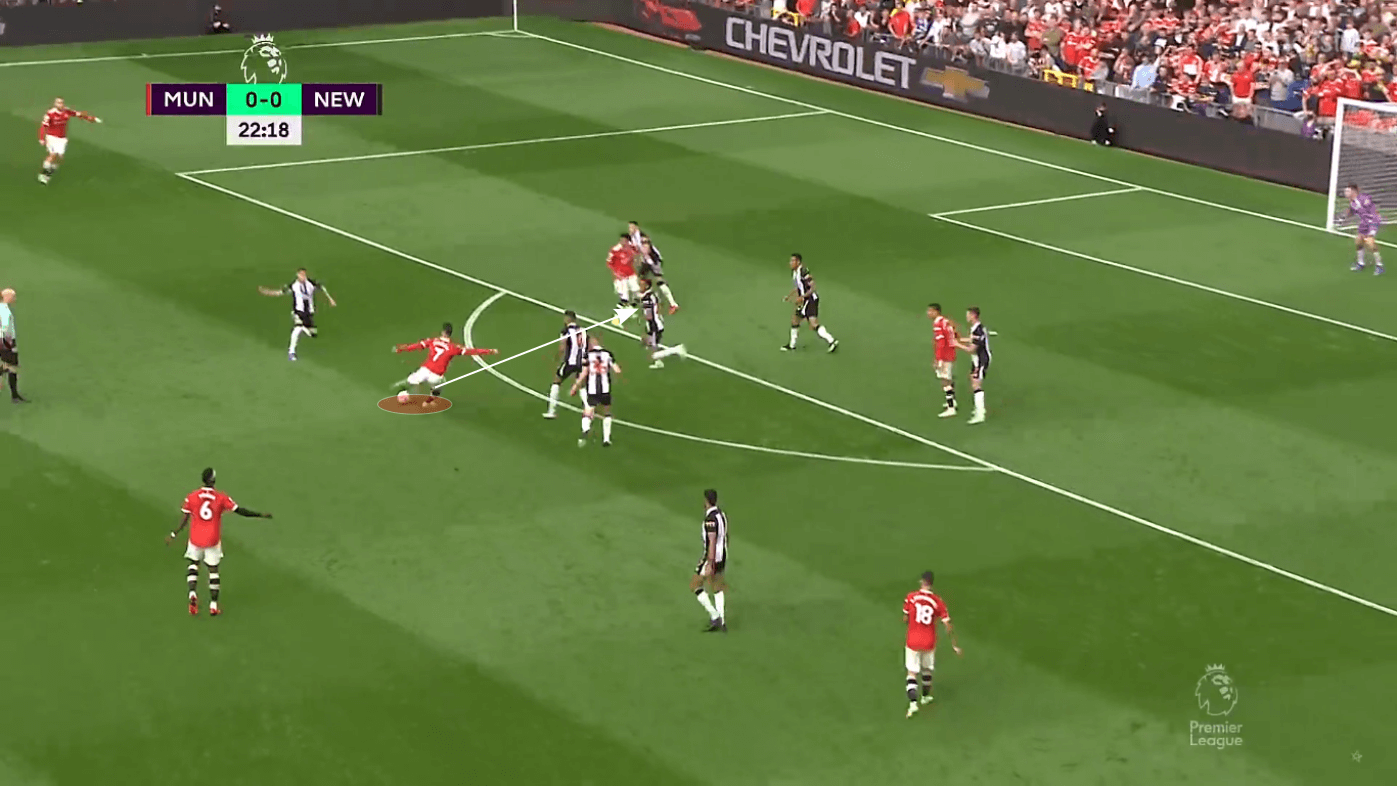
The ball then broke for Allan Saint-Maximin, who led Newcastle forward in a 3v3 situation which almost became even more threatening after he skipped past one opponent…
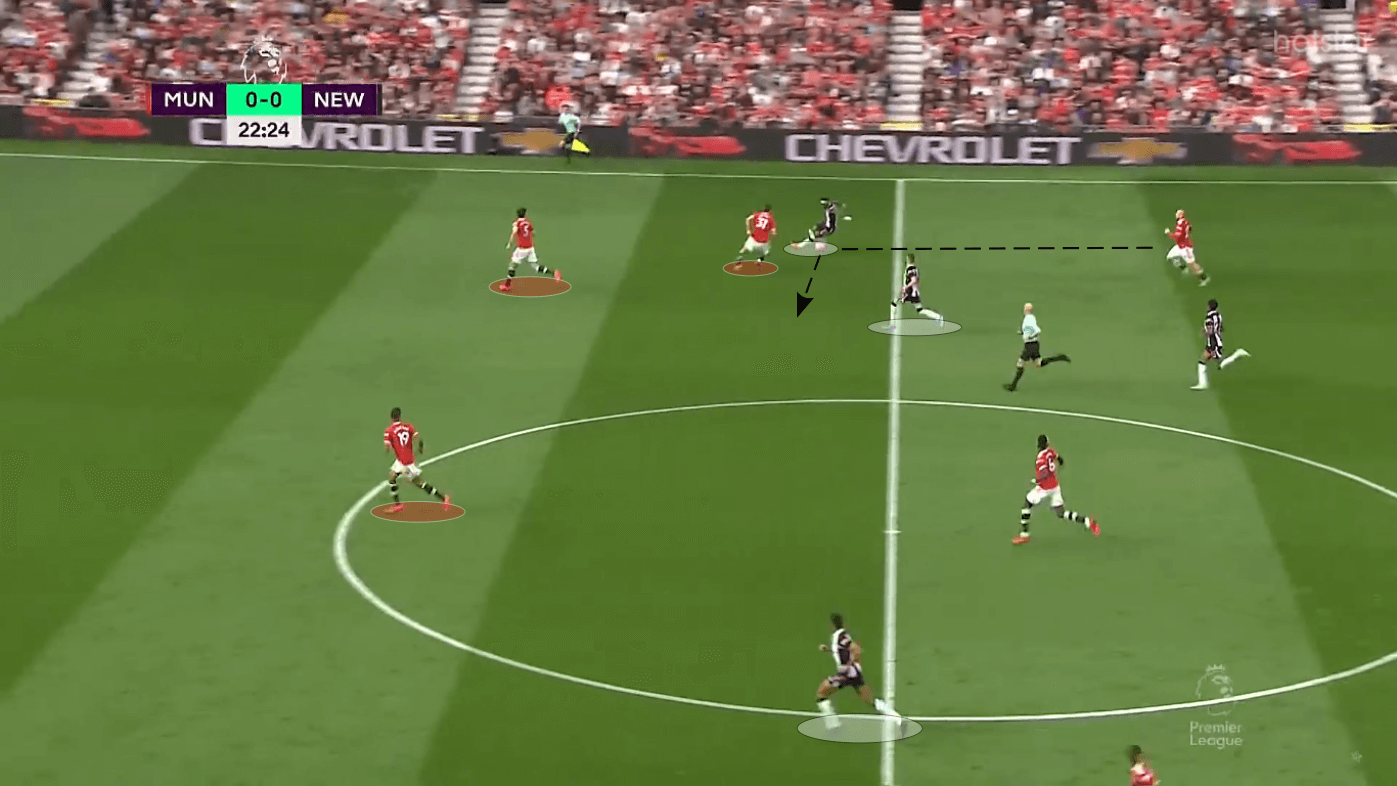
…but luckily his pass thereafter was not accurate.
At the end of the day, though, Ronaldo did what he does best – score goals.
The first came as a result of some great anticipation as he made his movement even before Mason Greenwood struck the ball to capitalise on the goalkeeper’s spill…
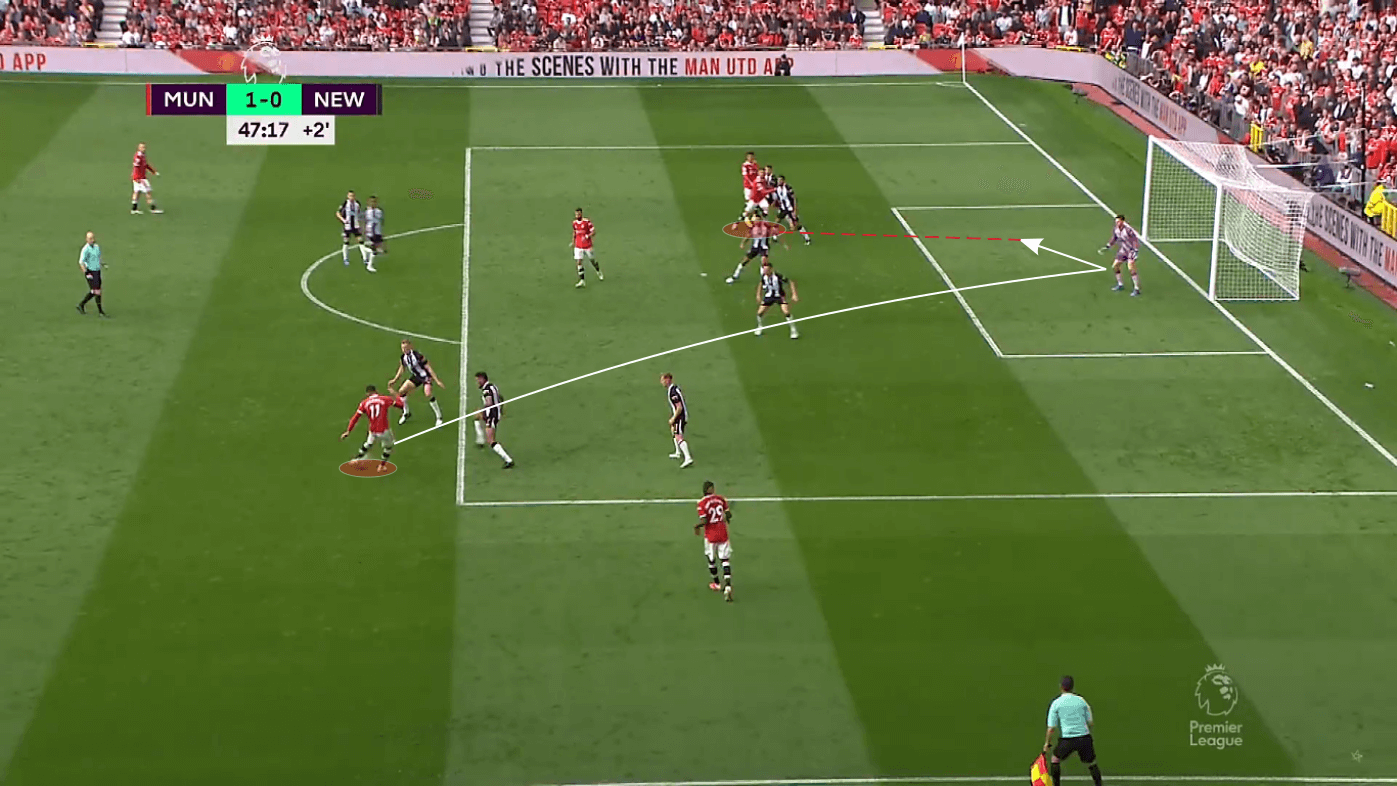
…and the second showcased his incredible speed even at 36 years of age followed by a good bit of composure in front of goal, although the goalkeeper might again have felt that he could have done better.
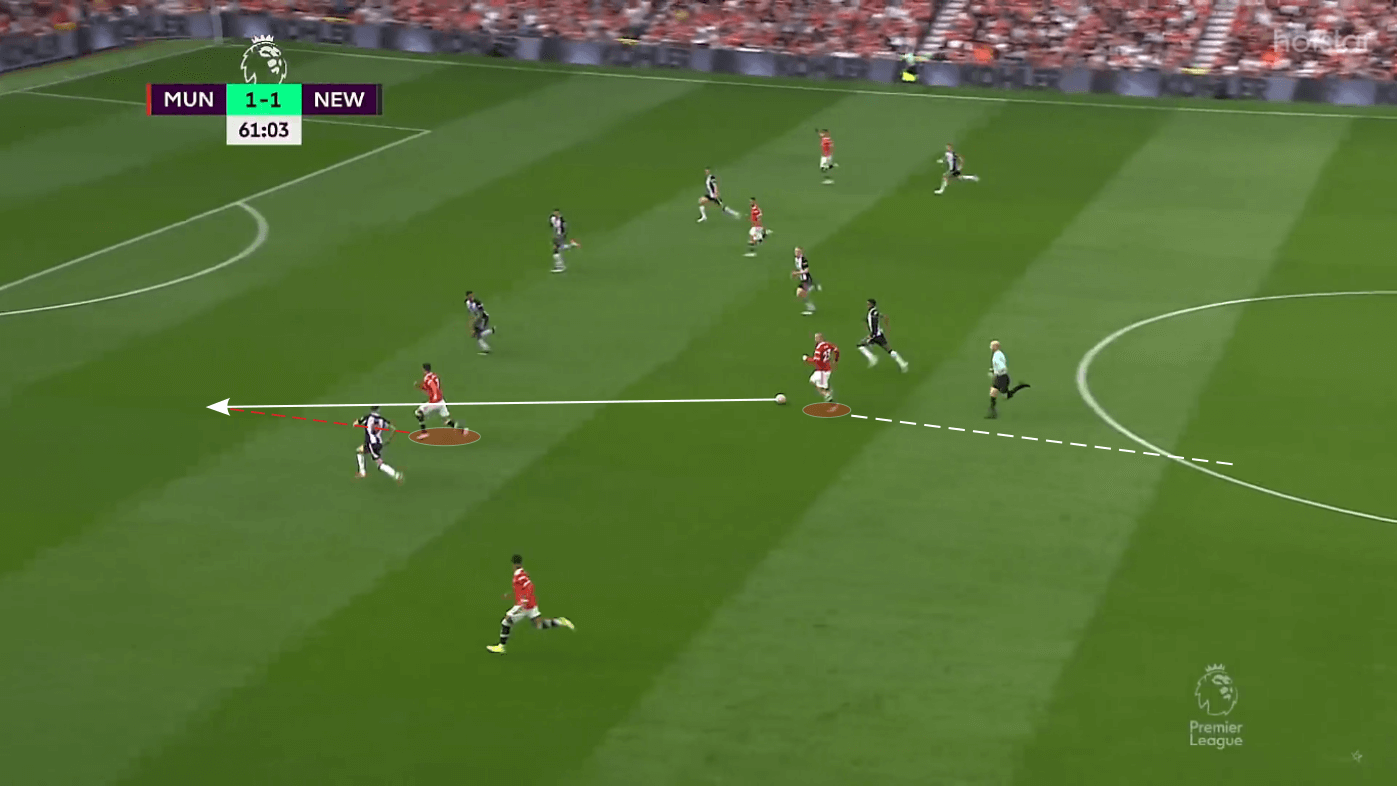

Ronaldo’s shotmap confirms what we have discussed – a good number of attempts with a fair few low-percentage shots, but clinical conversion in good goalscoring positions.
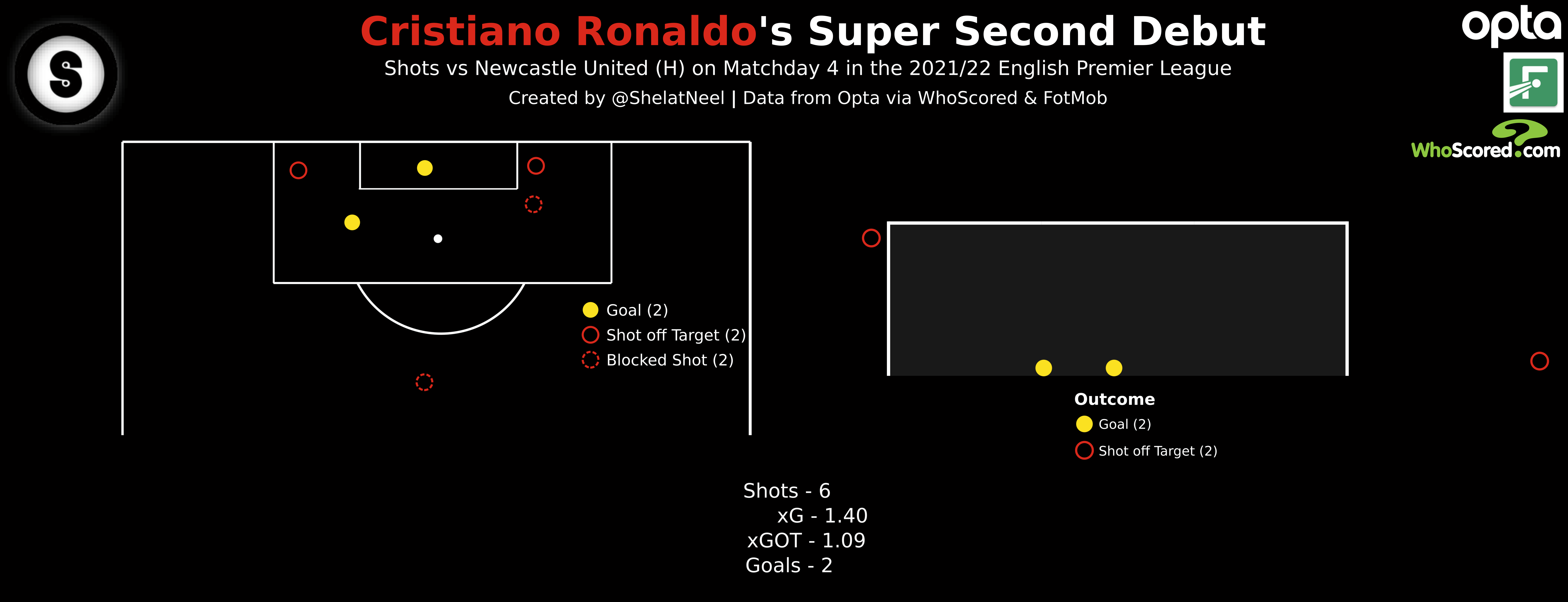
This was the perfect second debut for Ronaldo not just from a Manchester United perspective, but also from an analytical viewpoint. His obvious strength – scoring goals – was showcased on two occasions, but the issues that come along with that for the Red Devils including an aggravated left-sided tilt and the danger of unsuccessful low-percentage shooting were visible too.
It is irrefutable that the 36-year-old forward was never signed purely for what he brings on the pitch, so in a strictly footballing sense, this transfer could still go either way. Ronaldo undoubtedly improves Manchester United’s attack, but that already was their greatest strength. Maybe he helps them score an additional 10 goals than they would have managed without him, but is that what they need? Meanwhile, their midfield remains ever-thinner, and if anything, Ronaldo marginally worsens the issue by conceding more counterattacks.
Individually, Ronaldo is almost always guaranteed to be a great addition to any side in the world, but looking at the big picture for Manchester United, it is hard to tell if this signing will prove successful in improving the Red Devils enough to elevate them to the status of title challengers.
Stats courtesy WhoScored and FotMob.
